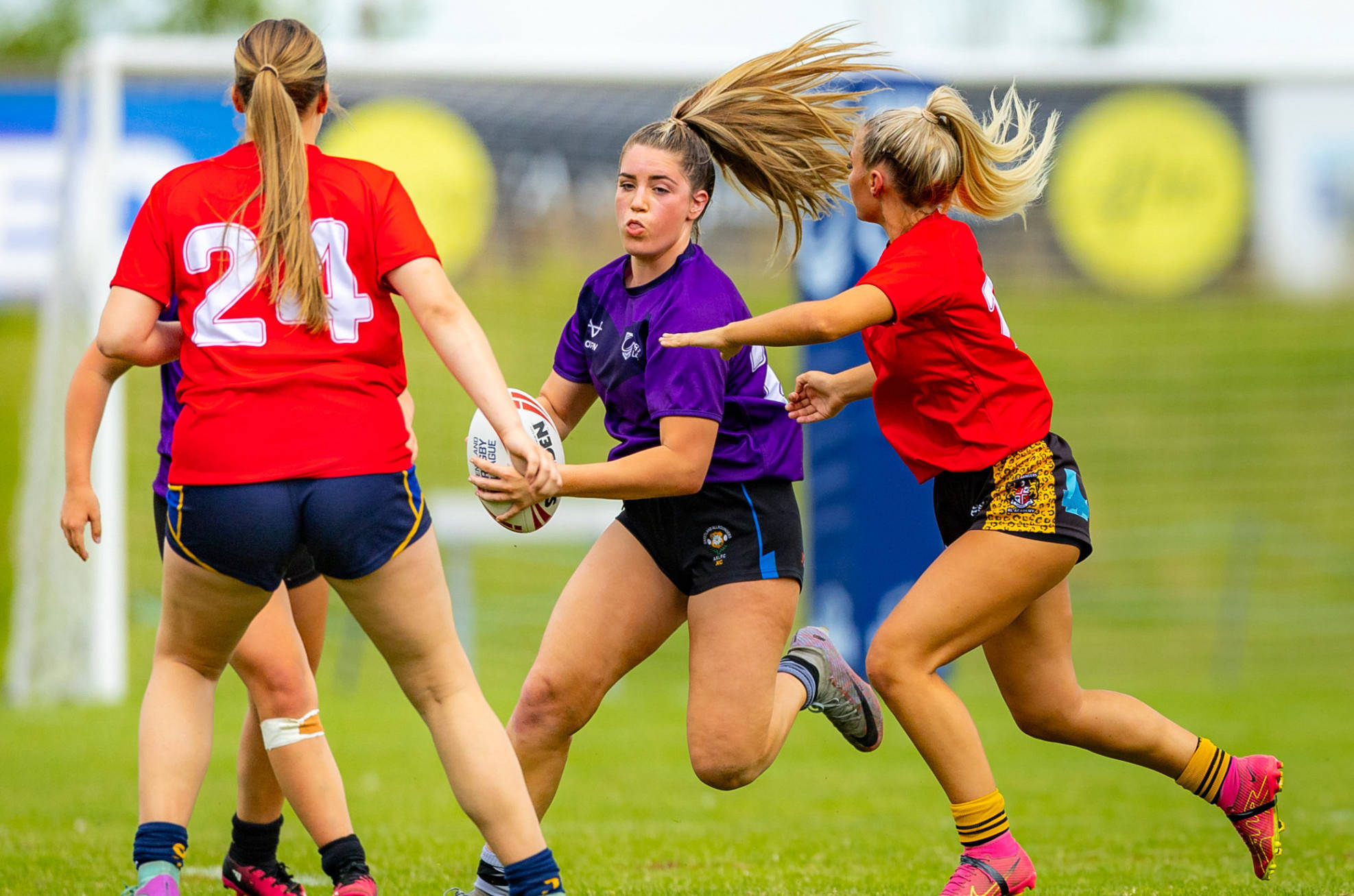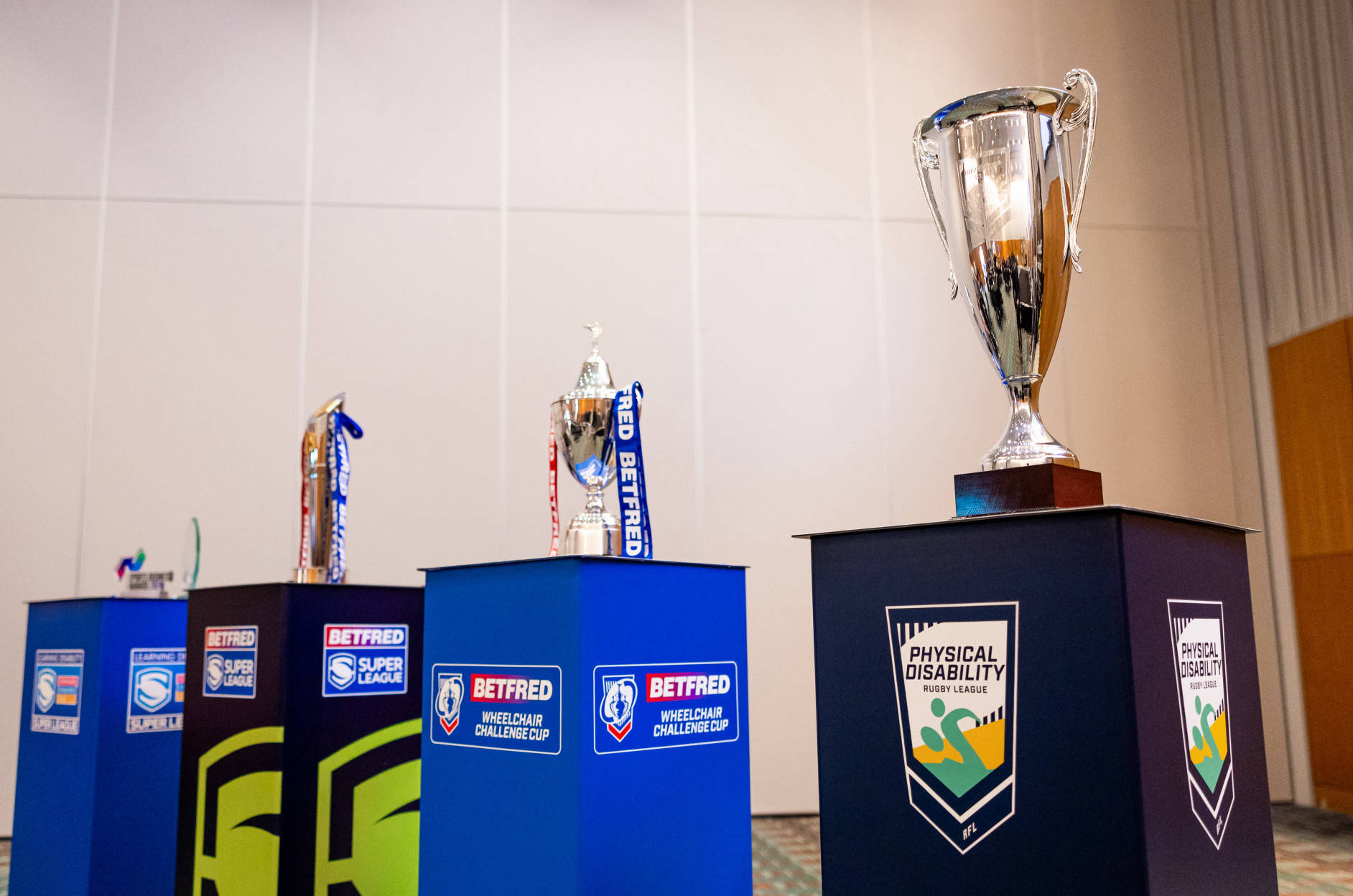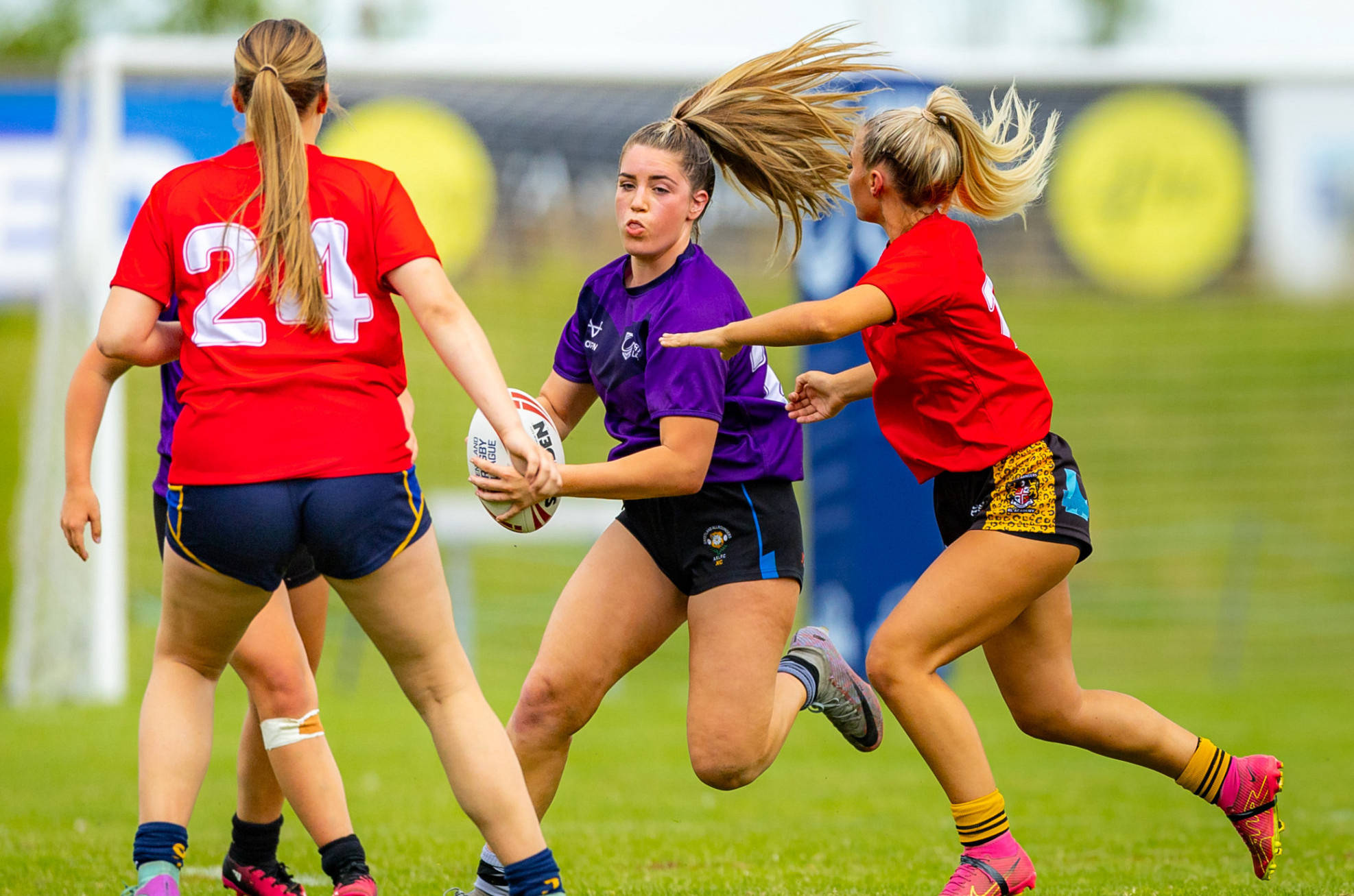
Malcolm Reilly was just 22 when he arrived in Australia on the 1970s Lions’ tour. Strong and fast, with a superb handling and kicking game, he combined a superb footballing brain with a ferocious commitment to winning. What’s more, when the going got tough, no-one got tougher than Malcolm.
With the test series tied one-all and less than two minutes remaining, the Lions were hanging on to an 18-17 lead. Then Reilly slipped out a slide-rule pass to put Doug Laughton away, who passed to the supporting Roger Millward who raced forty yards to claim the Ashes-winning try. Commentating on television, Eddie Waring’s voice cracked with joy as Millward raced away to score: ‘Millward, Millward, Millwaaaard...’ he shouted as the little maestro touched down. It was one of the great Ashes series, but it was also the last time Britain would win the Ashes.
The following year Reilly returned down under when he moved from Castleford to Manly for a world record £15,000 in 1971. He repaid the Sea Eagles every penny, playing a pivotal role in their 1972 and 1973 Grand Final wins. He then returned down under in 1995 to coach the Newcastle Knights to their first-ever premiership. Celebrated equally in both Britain and Australia, Malcolm Reilly was the embodiment of the intangible bond that united rugby league across the hemispheres.
The passion generated by the 1970 Ashes series demonstrated the crucial importance to British rugby league of its links with Australia. The spread of the game to Australia and New Zealand in 1907 was crucial to the consolidation of rugby league’s distinct identity. As the Athletic News pointed out in 1923, ‘one phase of the game attracts interest even outside Lancashire and Yorkshire … the periodical visits of British teams to Australasia and Australasian teams to England’.
The importance of that link was highlighted in 1945 when the RFL Council met the Australian Minister of External Affairs, Dr Herbert Evatt. A high court judge at the age of 36, a future leader of the Australian Labour Party, and shortly to become the first president of the UN’s General Assembly, Evatt was also a dyed-in-the-wool rugby league supporter. While en route to America, he made a special trip to Manchester to persuade the RFL to send a touring team to Australia.
The war had barely ended and the RFL thought it it would be too difficult to organise a tour. ’The close relationships that have been built up between Australia and New Zealand and the North of England is in the nature of a history and the building up of this history ought to be resumed as soon as possible, in the best interests of rugby league football and of the Empire,’ Evatt told the meeting. The RFL agreed and, thanks to help from the Australian government the Lions departed for Australia in April 1946 onboard the Royal Navy aircraft carrier HMS Indomitable.
The Lions won the Test series, and many people began to doubt if Australia would ever win the rugby league ashes again. But in the 1960s the game in Sydney grew richer and ever more popular, and British players started to move down under. In March 1963 Derek Hallas became the first British player in the Sydney Premiership when he went from Keighley to Parramatta. He was followed by test match stars such as Huddart, Dave Bolton, Cliff Watson, Alan Burwell, and Tommy Bishop.
Ironically, Britain’s 1970 Ashes series victory accelerated the exodus, as Australian clubs clamoured to sign the triumphant British stars. The 1977 World Cup, in which Great Britain was forced to field an essentially second-string side because of the number of top British players with Sydney clubs, led to the RFL forcing a new international transfer ban. Yet it did nothing to close the growing chasm between the two nations. Between 1979 and 1988, Great Britain did not win a single test match against Australia.
The rise in the Australians’ skill, athleticism and tactical awareness was matched only by the British decline. Some of this change was due to the introduction of limited tackle football in the 1960s. Britain’s traditional success had been built on continuous forward domination, with ball-playing forwards passing the ball out of the tackle. But such dominance was impossible to build when the ball could only be held for six tackles. The emphasis of the game switched to fitness and speed, qualities which the Australian game had always possessed. It wasn’t until a new generation of British players emerged in the mid-1980s - such as Ellery Hanley, Martin Offiah, Andy Gregory and Garry Schofield - that the gap narrowed, but even they could not win back the Ashes.
Malcolm Reilly was not only a great player. He would also prove to be something of a prophet. When he came home to Castleford in 1975 he told the press that Australians ‘take the game more seriously. …They go for superb fitness and it shows in their game. If ever the Aussies do match us for tactics, then with their superior fitness they will be unbeatable’.
This is an exclusive extract from Tony Collins’ new book ‘Rugby League: A People’s History’ which will be published on 29 August by Scratching shed Publications. You can order a copy here and follow the author on Twitter via @collinstony.




